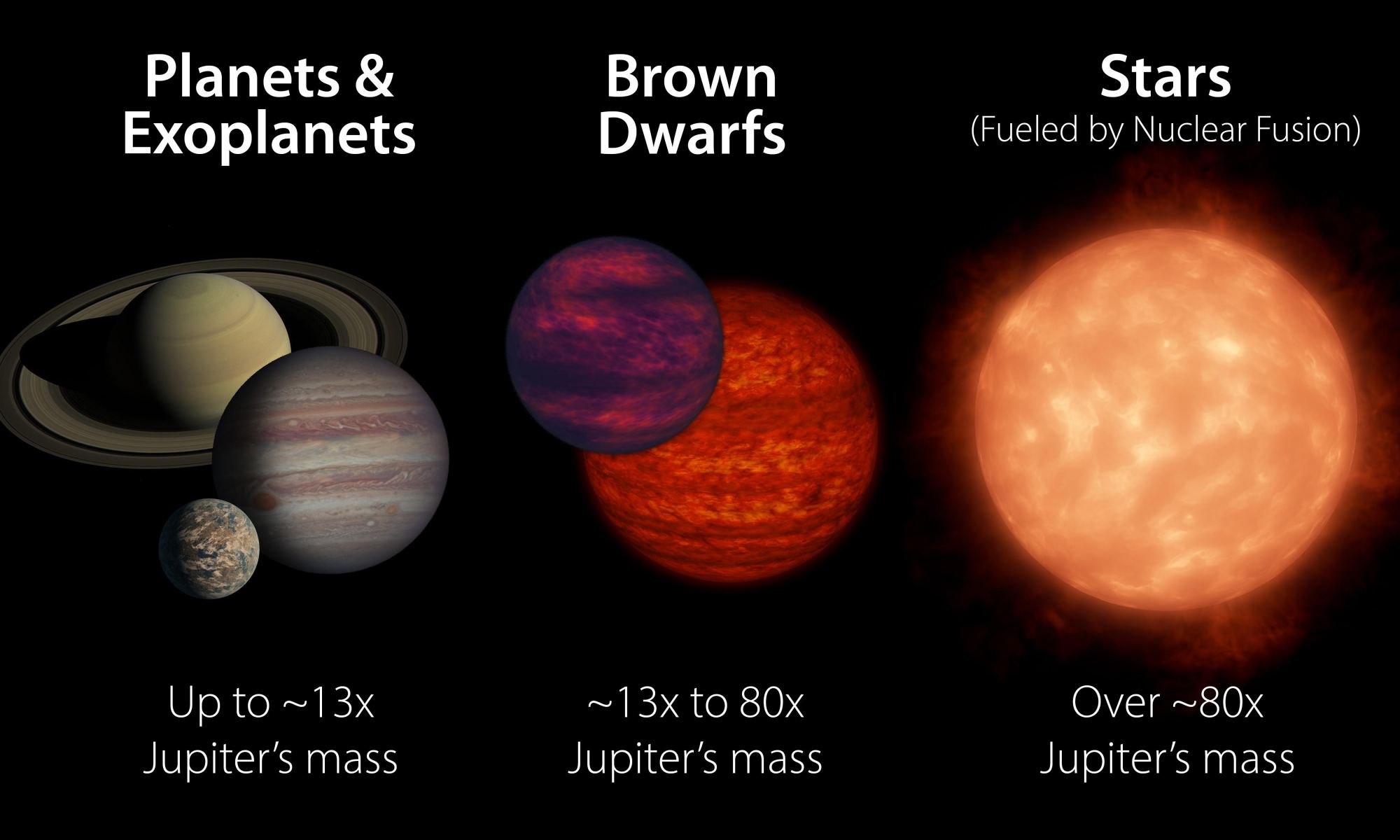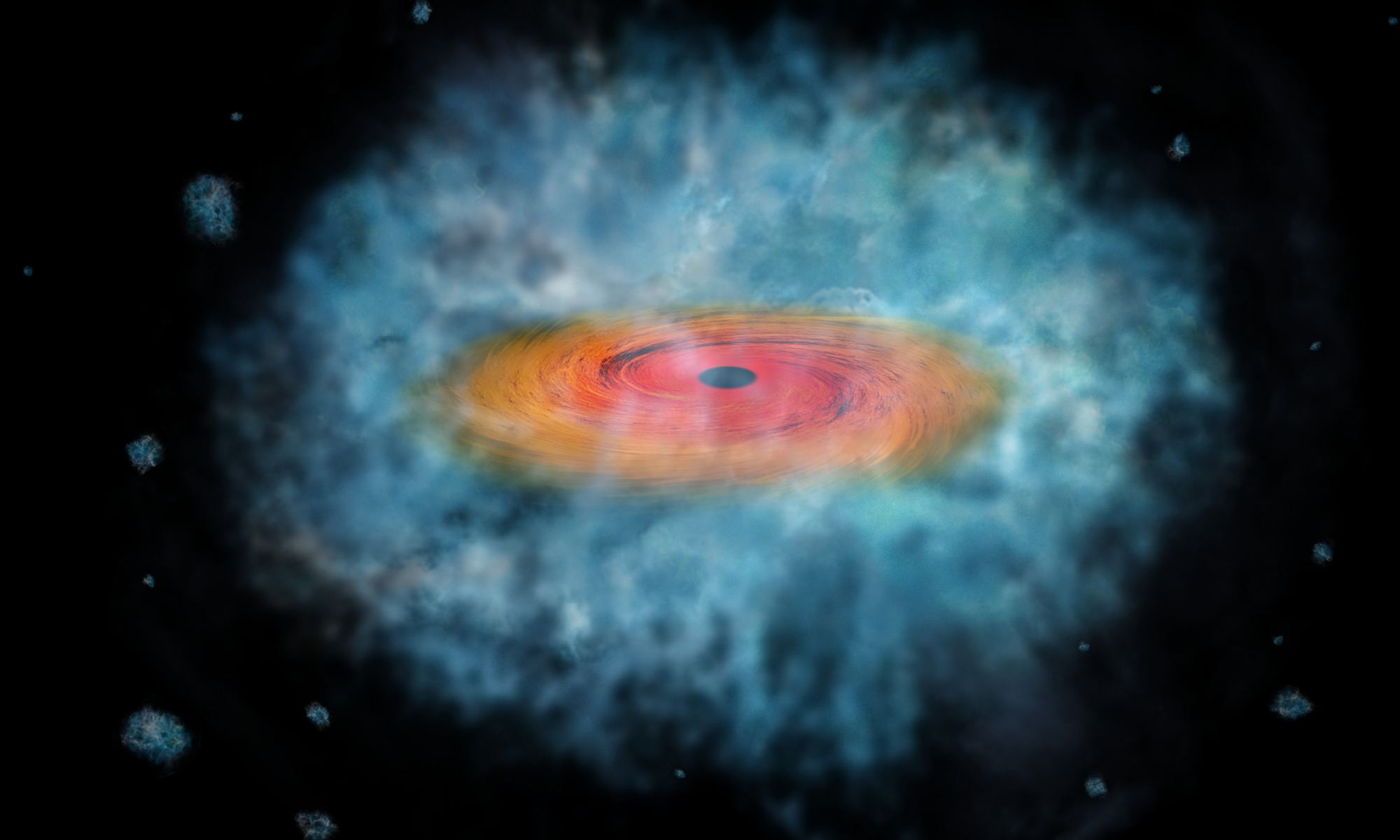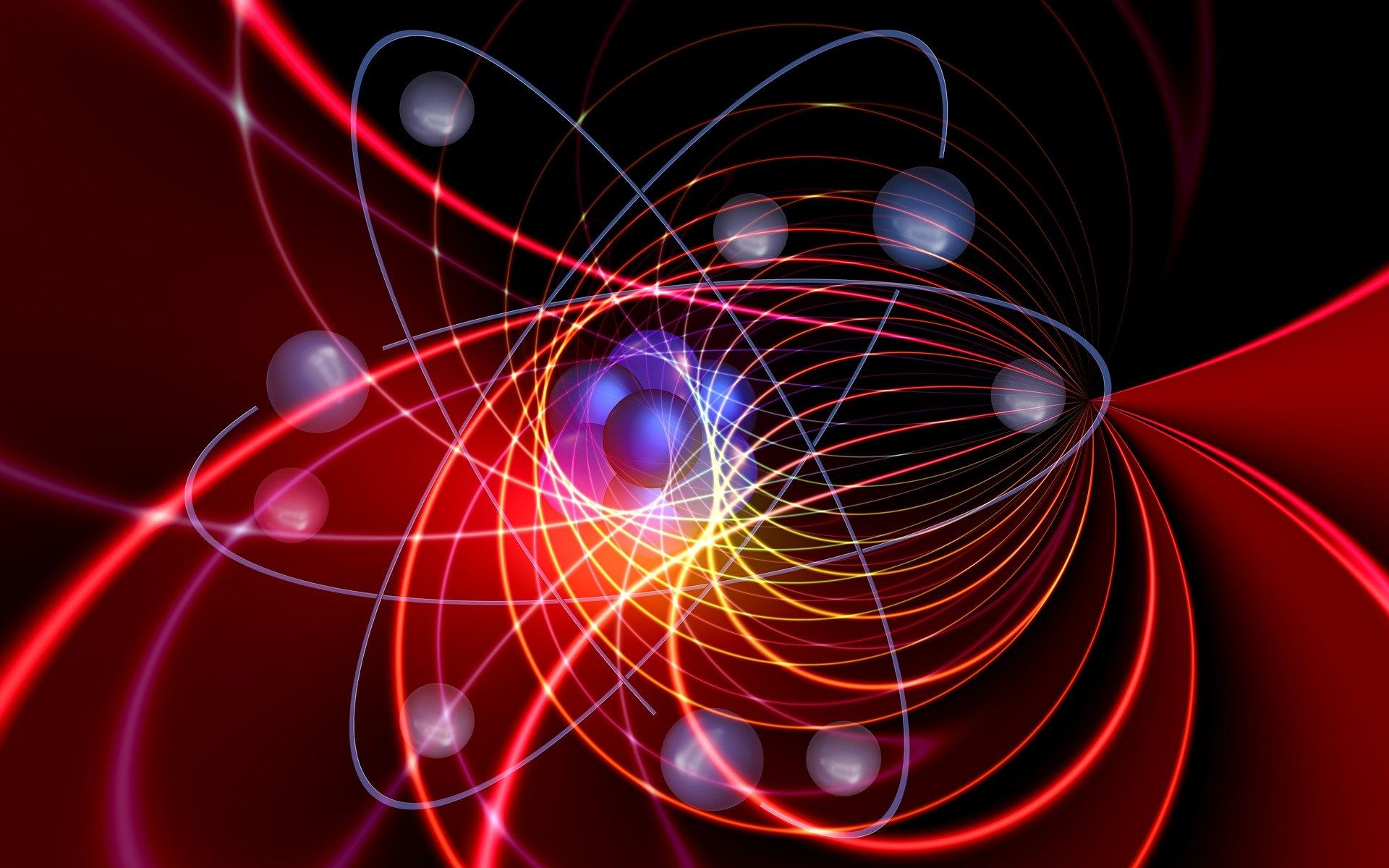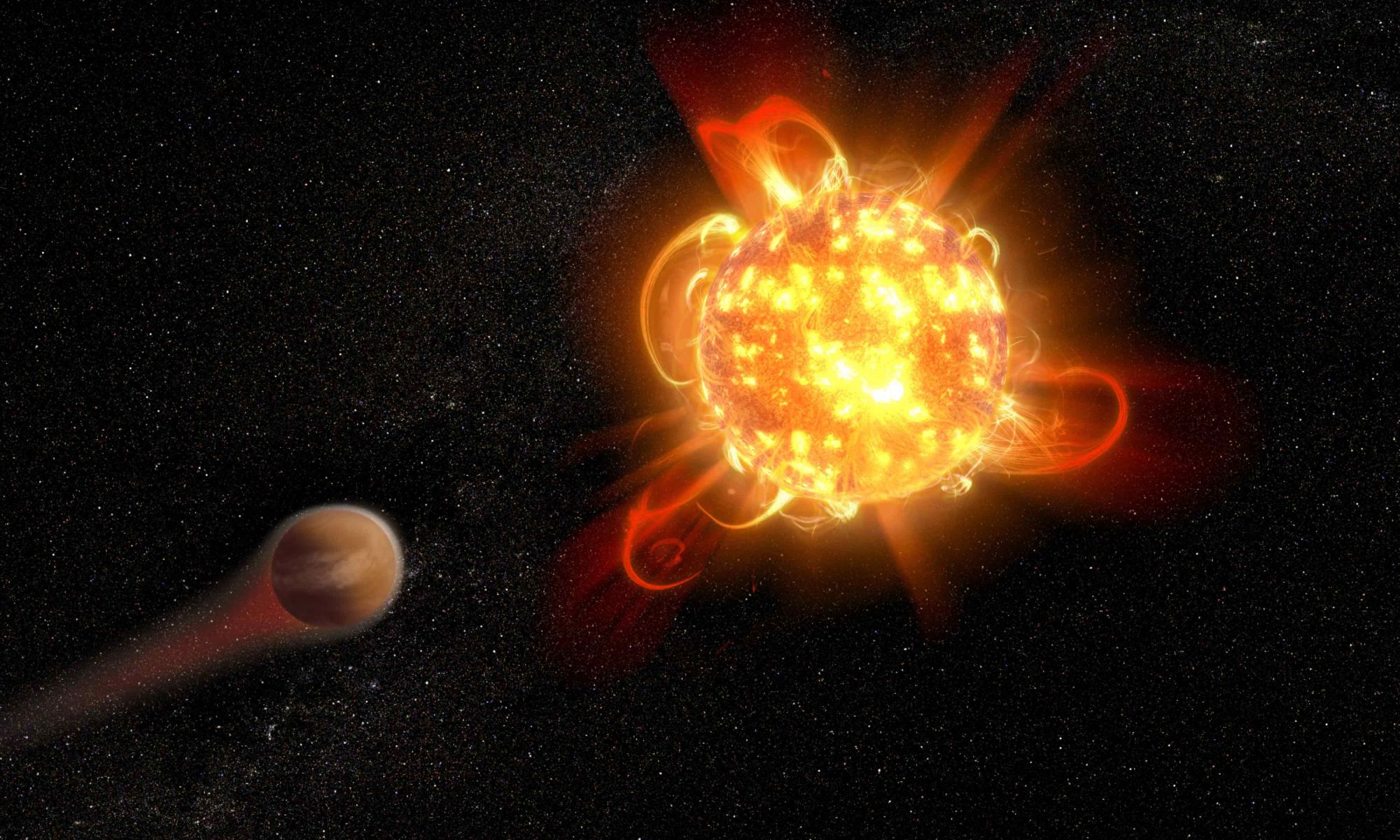Brown dwarfs are strange things. They are in the middle ground between planets and stars. A star is defined as an object massive enough for hydrogen to fuse into helium into its core, while a planet is too small for core fusion to occur. It seems a simple distinction until you learn about fusion. Anything with a mass below about 13 Jupiters is too small for fusion to occur, and is thus a planet. If your mass is about about 80 Jupiters, then you can fuse helium and are therefore a star. But if your mass is between 13 and 80 Jupiters, things get interesting. You can’t fuse hydrogen to shine brightly, but you can fuse lithium into other elements. This is known as lithium burning. It doesn’t provide lots of energy, but it is technically nuclear fusion.
Continue reading “Brown Dwarfs are Probably Much More Common in the Milky Way Than Previously Believed”Brown Dwarfs are Probably Much More Common in the Milky Way Than Previously Believed










